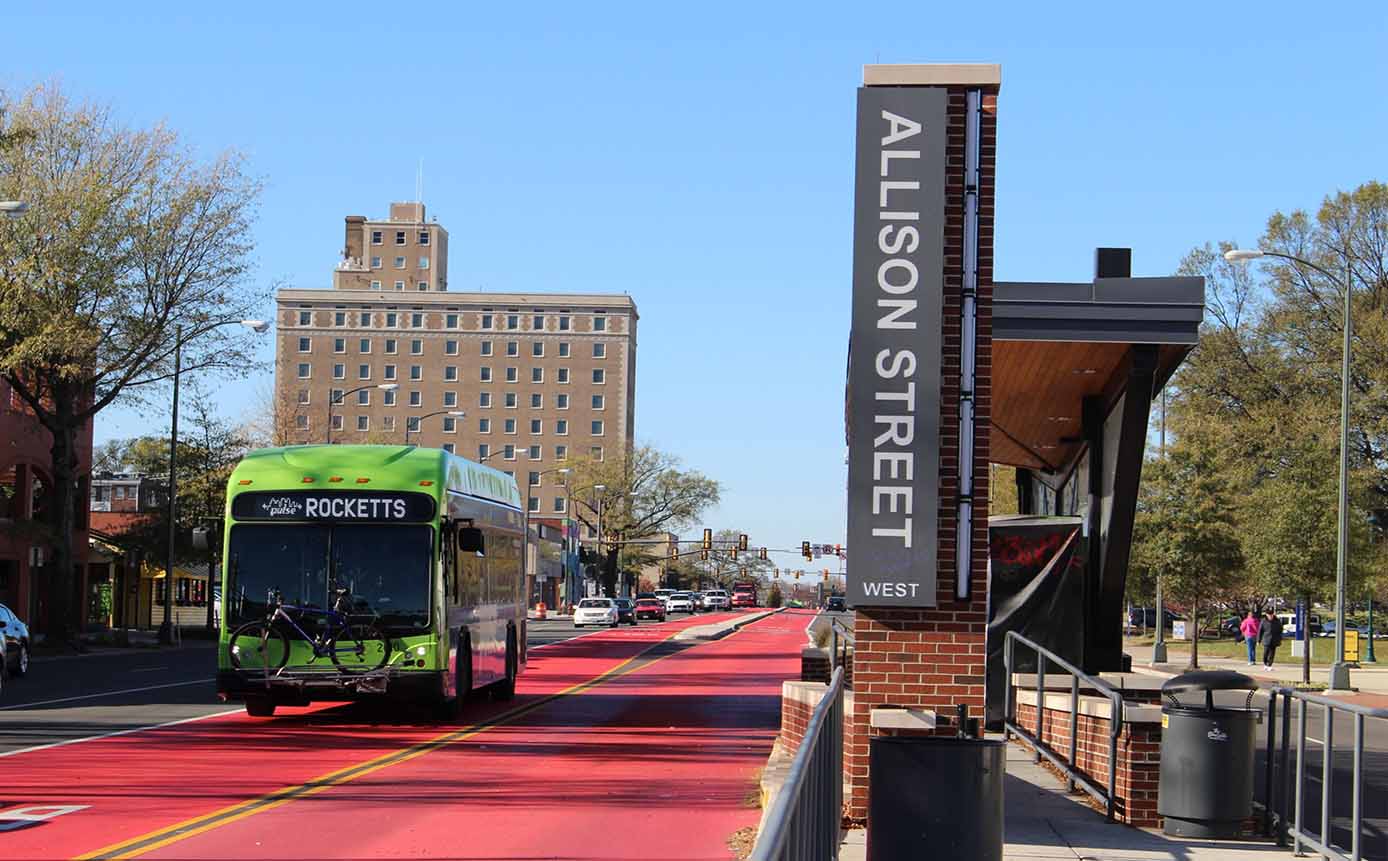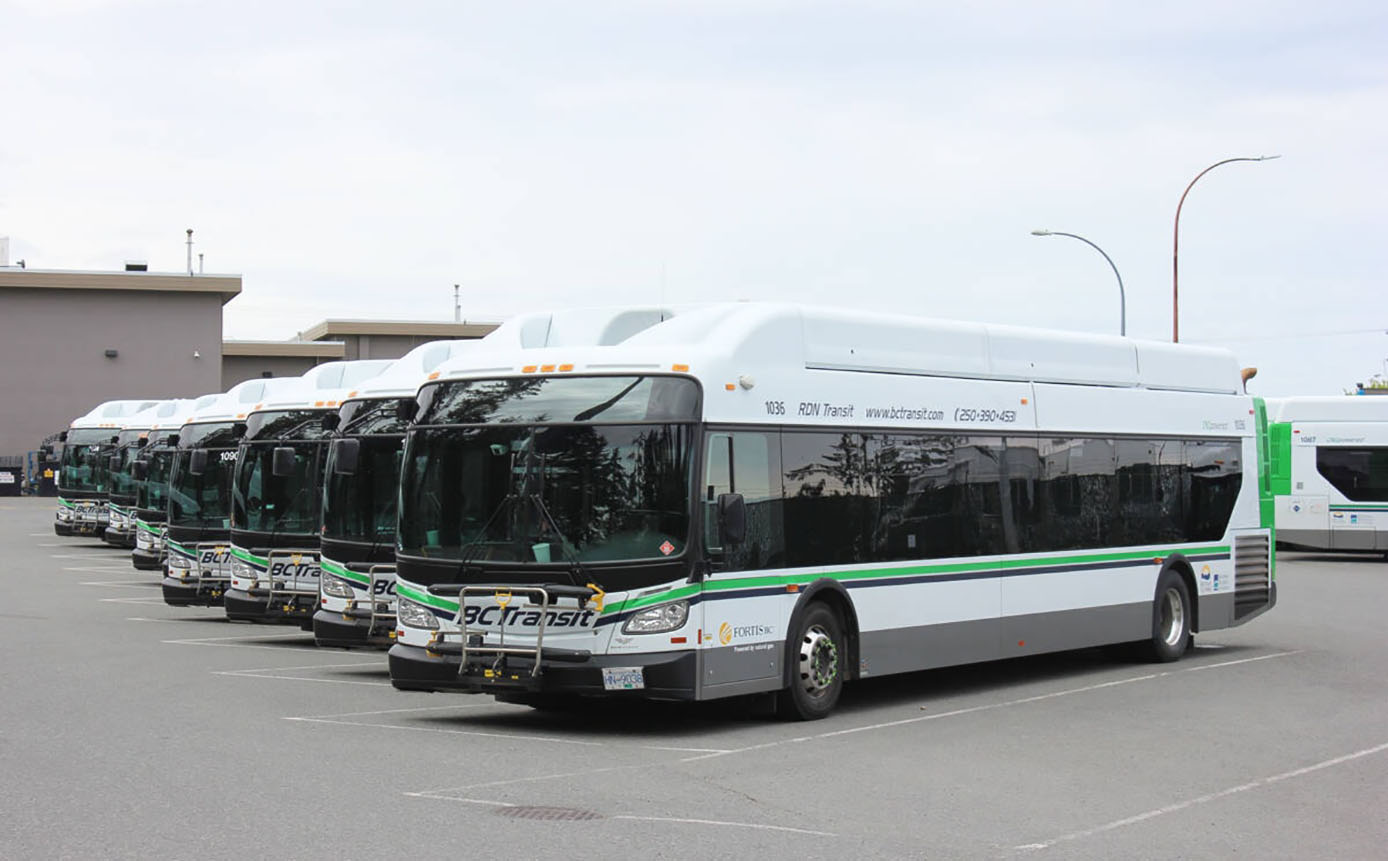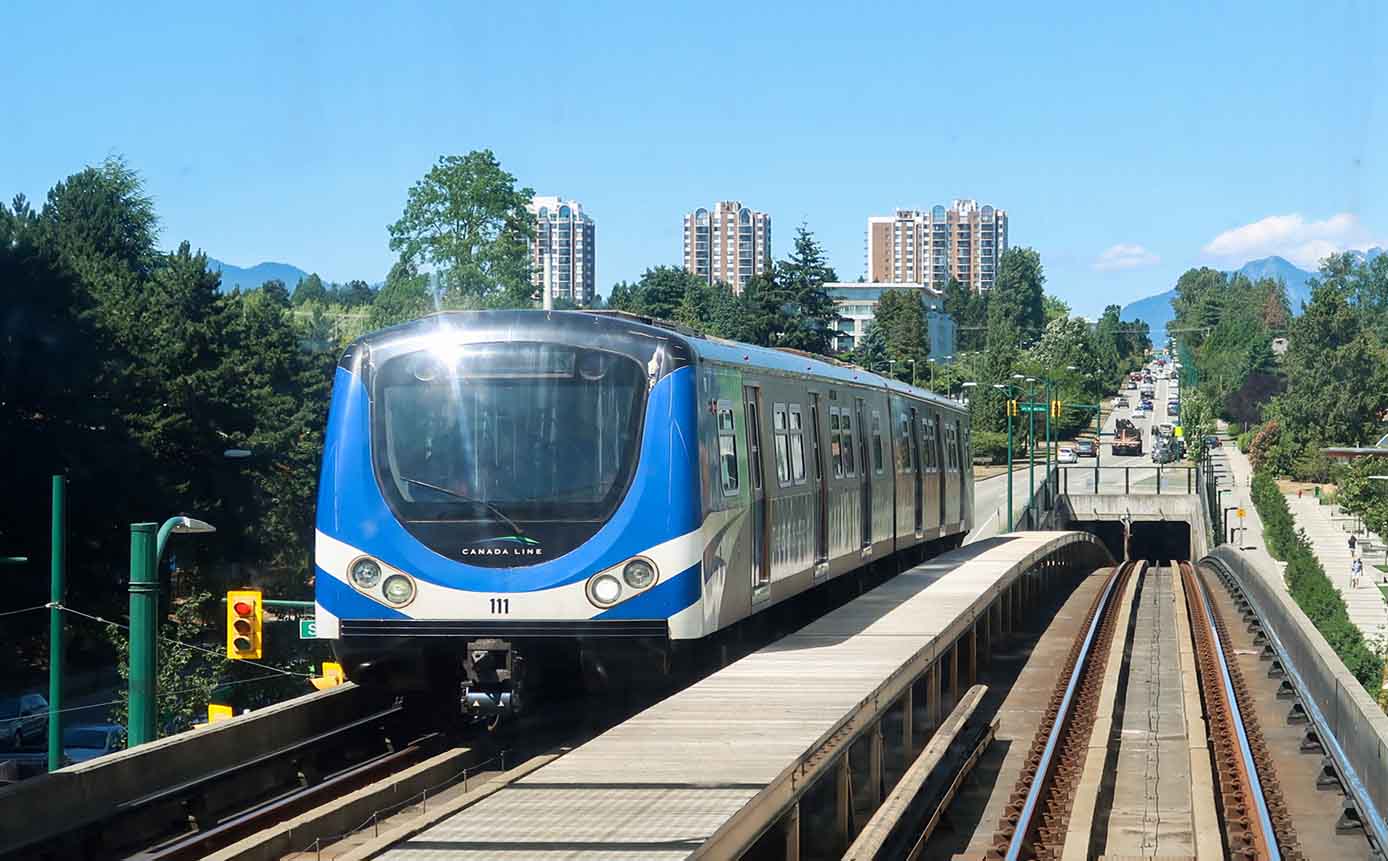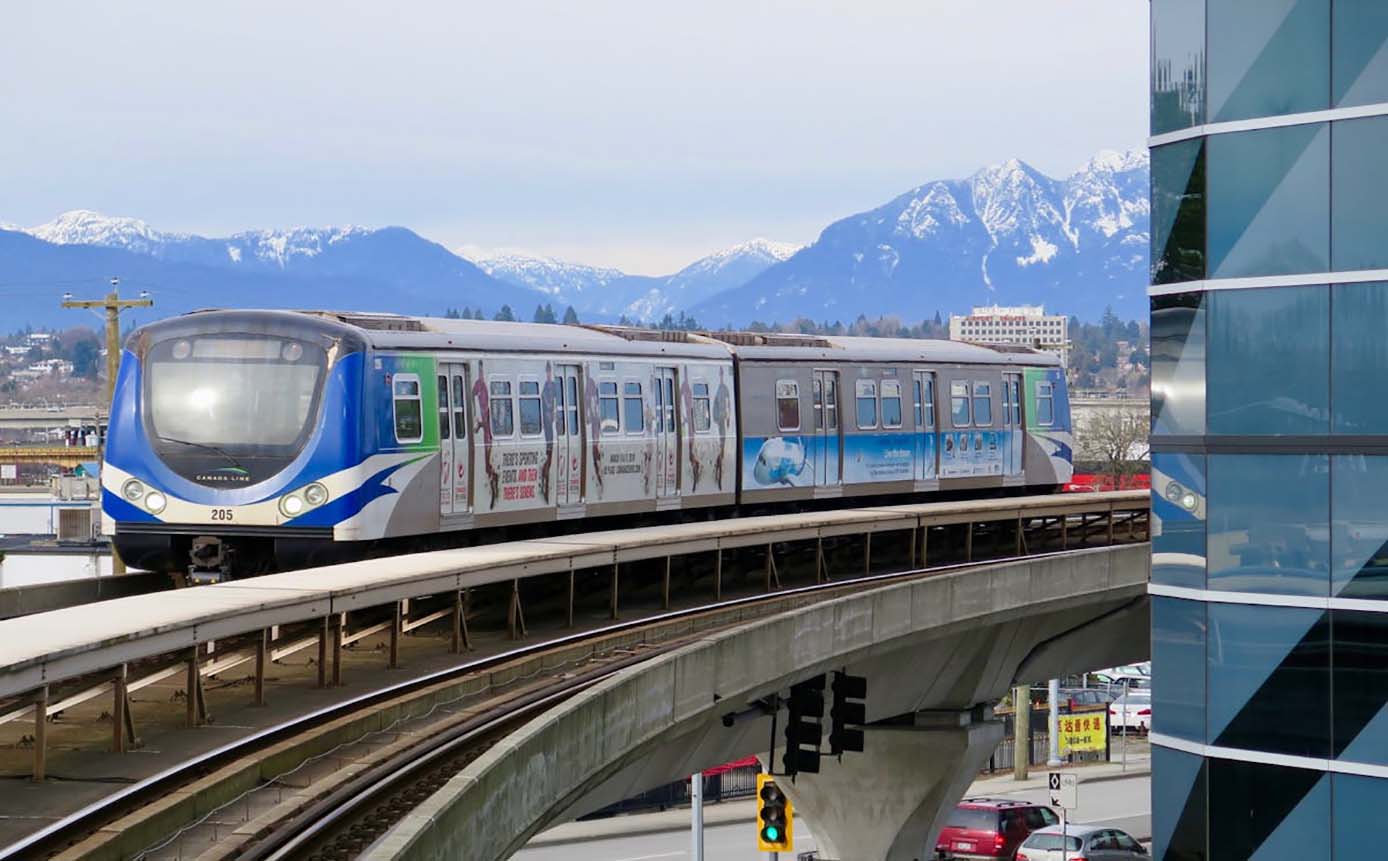When I first arrived in Richmond, I was overwhelmed by more than just the beauty of the Fraser River or the smell of sizzling skewers at the Richmond Night Market. What really caught me off guard was how to get around. Richmond isn’t a city where you can just rely on walking everywhere—distances stretch further than they appear on the map, buses weave through neighborhoods in complex patterns, and SkyTrain stations connect to Vancouver with lightning efficiency.
I remember standing at Bridgeport Station on my very first day, fumbling with cash and staring blankly at the ticket machines. Locals swiped their transit cards effortlessly, gliding past the gates while I wrestled with coins. That was the moment I promised myself I would learn everything about Richmond’s transit system, and more importantly, how to use the Compass Card—the magic card that unlocks buses, SkyTrain, and even SeaBus connections across Metro Vancouver.
In this long article, I will share every detail of my learning curve. I will explain what a Compass Card is, how to buy it, how to load it, and the clever tricks I’ve learned to make traveling around Richmond smooth, affordable, and stress-free. For first-time visitors, I’ll also share the pitfalls I encountered, the little moments of discovery, and how combining a Compass Card with smart bookings on platforms like Expedia.ca, Booking.com, Klook, and OpenTable made my Richmond experiences seamless.
Understanding the Compass Card in Richmond
The Compass Card is not just a transit pass—it’s the heartbeat of the entire Metro Vancouver transit system, and Richmond is an important part of that network. With this one blue card, I could hop on the SkyTrain from Richmond-Brighouse, tap into a bus heading to Steveston Village, or ride the Canada Line straight to Vancouver International Airport.
What struck me most about the Compass Card was the sense of freedom it offered. I didn’t have to line up for single-use tickets every time I wanted to explore a new corner of Richmond. I could focus on the sights—the fishing boats at Steveston, the cherry blossoms near Minoru Park, the dazzling lights of the Night Market—without worrying about digging for coins.
Buying the Card – My First Step into Simplicity
I still remember buying my first Compass Card at a machine inside Bridgeport Station. The machines accept cash, debit, and credit. The card itself costs a refundable \$6 deposit, which is charged separately from the fare you load. That deposit is like insurance—you get it back if you return the card, though I never could bring myself to give mine up.
Another easy way to get a card is at London Drugs stores in Richmond, or at customer service counters at SkyTrain stations. For tourists landing at Vancouver International Airport (YVR), machines are located right by the Canada Line platform. I’ve guided friends straight from the arrivals hall to the ticket machine, and in less than five minutes, they were equipped for their entire Richmond adventure.
Loading the Card – Balancing Freedom and Control
Once you own a Compass Card, the real trick is how to load it. I experimented with two options:
- Stored Value (Pay-As-You-Go): Perfect for short stays. I could load CAD \$20–\$50 at a time and watch the balance decrease with every tap. Each trip automatically deducts the correct fare, based on the zones traveled. Richmond to Vancouver counts as one zone outside peak hours, two zones during peak hours.
- Monthly Pass: This was more useful when I stayed longer in Richmond. With unlimited rides, I didn’t hesitate to explore further—like spontaneous trips to Granville Island or day journeys into Burnaby.
For visitors, I always recommend stored value. It’s flexible, and you’ll never overpay for days when you’re just exploring Steveston or walking around Richmond Centre.
Loading is simple: machines at every station accept cash or card, and the Compass website lets you top up online. I once sat at a café in Steveston, sipping coffee while topping up my balance through my phone—it felt effortless.
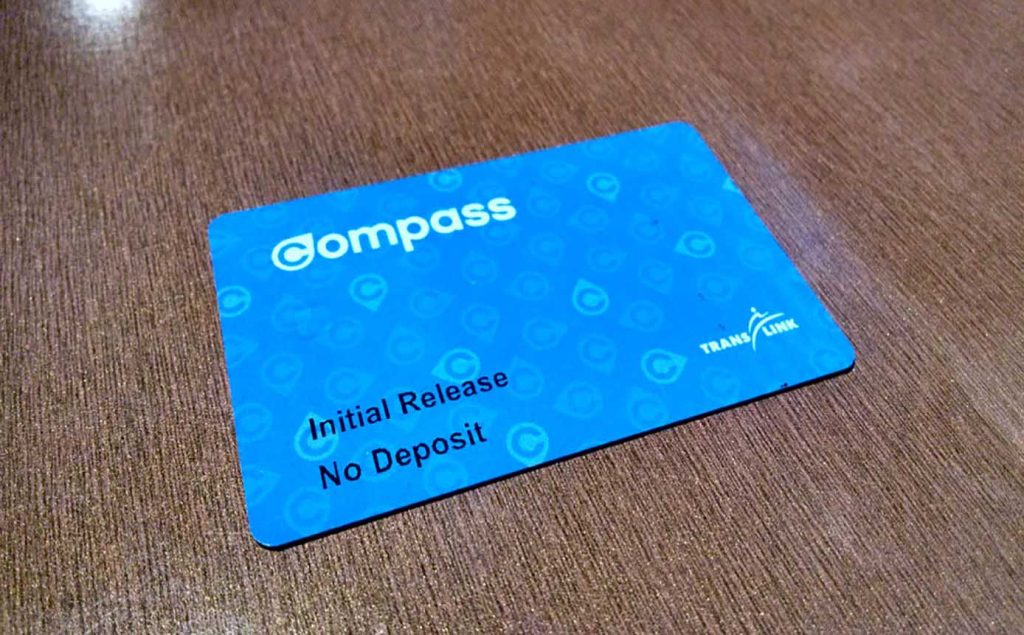
Using the Card – My Daily Adventures
The Compass Card works with a satisfying tap. On SkyTrain and SeaBus, you must tap in and tap out. On buses, you only tap when boarding. I learned this the hard way—forgetting to tap out at a SkyTrain exit cost me more than necessary. That one mistake taught me to always listen for the beep and check the green light.
With the card in my pocket, I discovered how interconnected Richmond is:
- Canada Line: The Canada Line runs north-south, linking Richmond to Vancouver. Stations like Bridgeport connect directly to the Night Market, while Richmond-Brighouse brings you close to Richmond Centre Mall. A ride to downtown Vancouver takes about 25 minutes.
- Buses: The bus network carried me deeper into Richmond, especially to Steveston Village. The #410 and #401 buses became my lifelines, delivering me to the waterfront where I could enjoy fish and chips at Pajo’s.
- Airport Link: With the Compass Card, reaching Vancouver International Airport was as easy as tapping in at Brighouse and tapping out at YVR.
Every ride gave me a sense of empowerment. I wasn’t fumbling with change, I wasn’t guessing which ticket to buy—I was simply moving, observing, experiencing.
Smart Tips for First-Time Visitors
1. Always Keep a Small Balance
I once underestimated how quickly fares added up after multiple bus hops. To avoid being stranded, I now keep at least CAD \$10 on the card. Machines are not always nearby, especially late at night in Steveston.
2. Avoid Peak Hour Surprises
Peak hours charge for two zones from Richmond to Vancouver (weekdays before 6:30 p.m.). If you’re flexible, travel after 6:30 p.m. or on weekends to pay just one zone. This trick saved me money, which I happily redirected toward dumplings at Aberdeen Centre.
3. Register Your Card
By registering on the Compass Card website, I protected my balance against loss. One evening at the Night Market, my card slipped out of my pocket. Because it was registered, I recovered the balance by reporting it online. That moment turned what could have been a disaster into a minor inconvenience.
4. Combine with Day Passes for Intense Exploration
On one packed Saturday, I bought a DayPass through my Compass Card. For CAD \$11, I rode from Richmond to downtown Vancouver, back to Steveston, and finally to Metrotown in Burnaby—all without worrying about fares stacking up.
5. Use Compass with Trip Planning Apps
I relied heavily on the Transit App and Google Maps, both of which sync with TransLink schedules. With my Compass Card ready, I never hesitated to board the first bus or train recommended.
Mistakes I Made and Lessons Learned
I can’t forget the embarrassment of holding up a bus line because I didn’t know where to tap. The driver kindly pointed to the card reader, but I felt the impatient eyes of locals on my back. Another time, I forgot to check my balance before a long day of travel and ended up reloading in the middle of a busy crowd at Bridgeport.
Those mistakes shaped my confidence. Each misstep taught me a practical truth: preparation is everything. Just like booking hotels on Booking.com or securing attraction tickets on Klook before arriving, loading and managing a Compass Card is about planning ahead.
How Transit Shaped My Richmond Experience
The Compass Card gave me not only mobility but also courage. I ventured further because I knew I could get back easily. I stayed later at the Richmond Night Market, knowing buses and SkyTrains would accept my simple tap. I took spontaneous detours into Vancouver, hopping off at Broadway-City Hall just to explore.
It also made my Richmond trip more affordable. Instead of taxis or rideshares, I spent just a few dollars per ride. That left more money for experiences—like a ticket to the Gulf of Georgia Cannery booked on Viator, or dim sum lunches reserved through OpenTable.
Practical Integration with Travel Platforms
The Compass Card solved local transport, but the rest of my Richmond trip relied on complementary platforms:
- Flights: I booked my return flight into Vancouver International Airport through Expedia.ca, pairing it with travel insurance for extra peace of mind.
- Hotels: For central convenience, I found hotels near Brighouse Station using Booking.com. For a more local experience, I rented an Airbnb near Steveston. Both choices synced beautifully with Compass access.
- Tickets & Tours: Klook and Viator offered discounted entry to attractions like the Cannery and Richmond food tours. Pairing these with unlimited travel days made my itinerary full yet relaxed.
- Dining: OpenTable helped me secure dinner reservations at Fisherman’s Terrace after long days exploring, ensuring I never had to gamble on wait times.
These platforms complemented my Compass Card perfectly, covering every step of the journey from flight to meal.
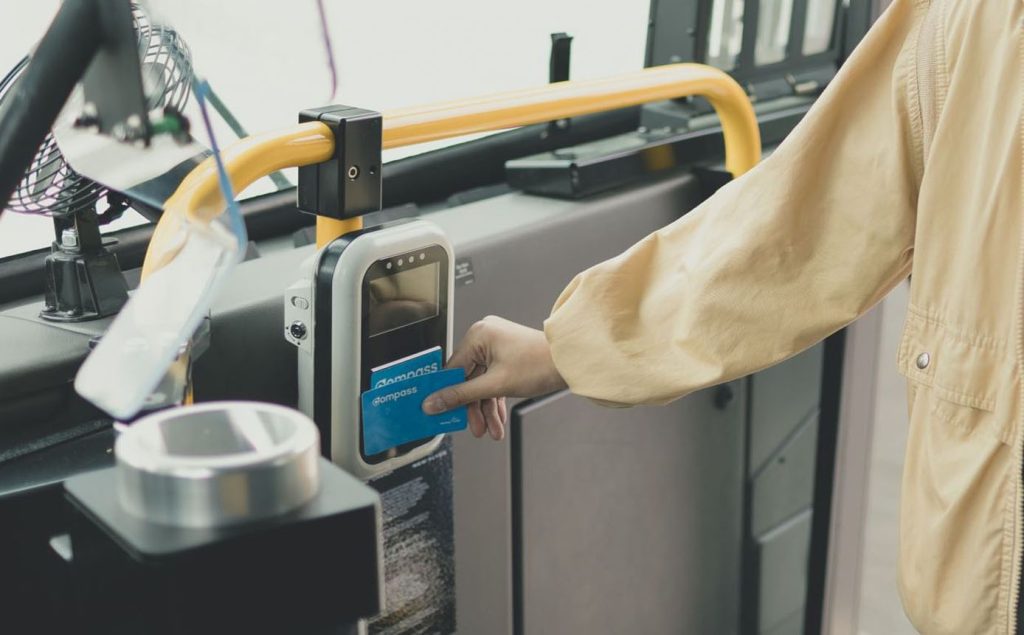
Emotional Reflections – What the Card Truly Meant to Me
When I think of Richmond now, I don’t just remember the sights—I remember the feeling of independence. With one small blue card in my wallet, I could cross rivers, chase sunsets, and dive into markets without hesitation. The Compass Card gave me confidence, not just convenience.
As a traveler, confidence is everything. It transforms confusion into curiosity, stress into freedom. Standing on the jetty at Iona Beach, watching planes land at YVR, I realized I had unlocked Richmond not just geographically but emotionally.
One Card, Countless Memories
Travelers often overlook the importance of transit until they’re stuck. My Compass Card adventures in Richmond taught me that preparation isn’t a burden—it’s a gift to your future self. The card costs little, but it delivers so much: freedom, affordability, and the courage to explore without limits.
If you’re planning your first Richmond trip, don’t hesitate. Pick up a Compass Card at the airport, load it with stored value, and let it carry you from Steveston’s boardwalks to Aberdeen’s food courts, from Minoru Park’s tranquility to the vibrant stalls of the Night Market.
Pair it with smart bookings on Expedia.ca, Booking.com, Airbnb, Klook, Viator, and OpenTable, and you’ll experience Richmond with the kind of ease that leaves room for joy.
Because in Richmond, one card truly does mean traveling freely.
